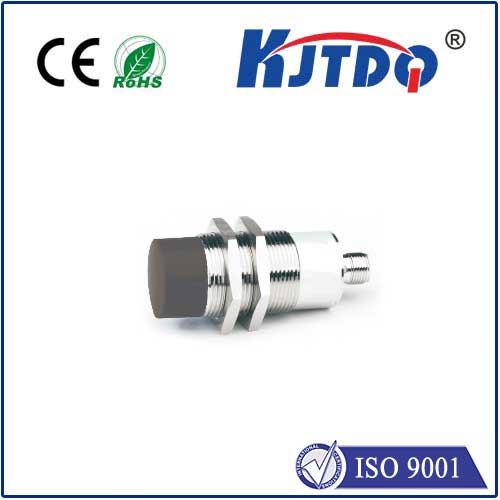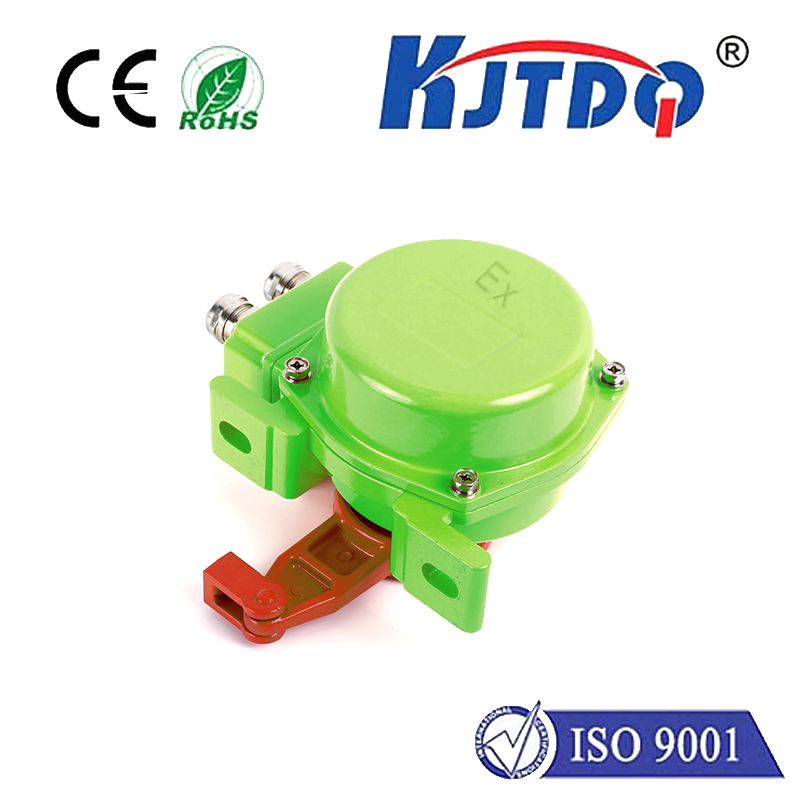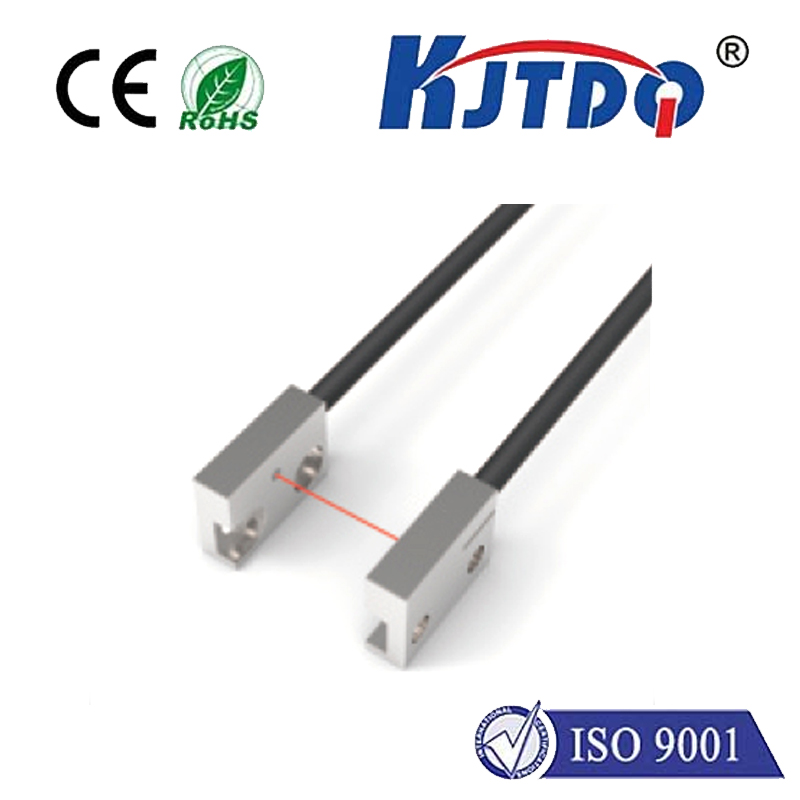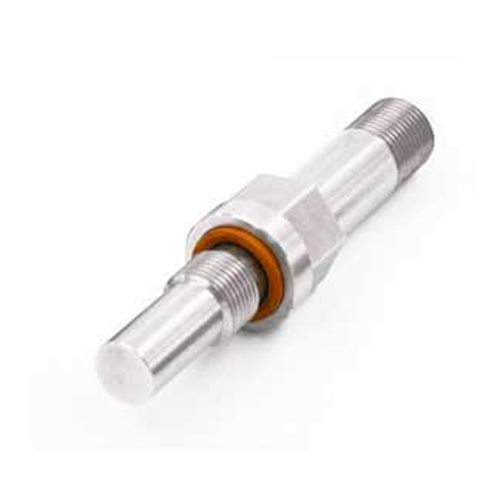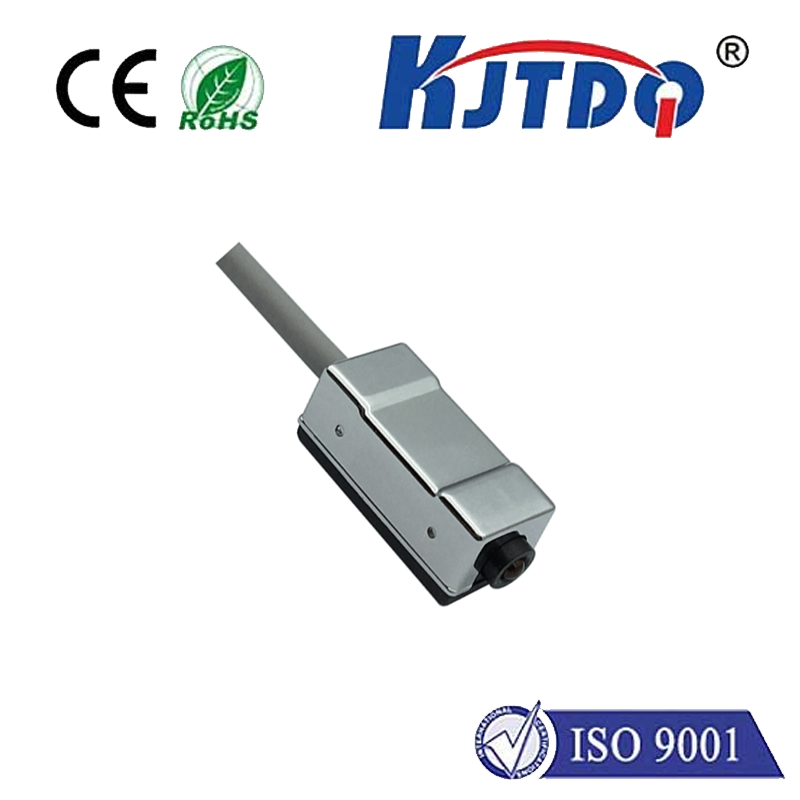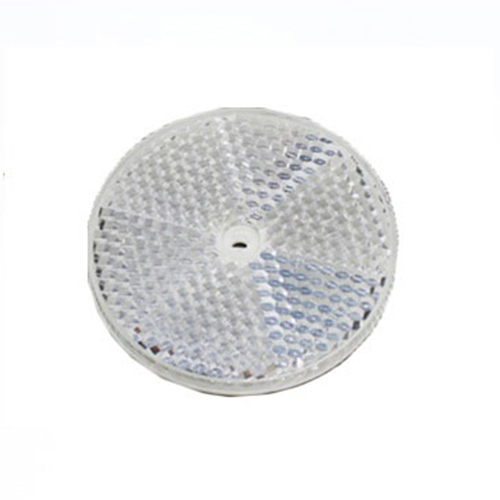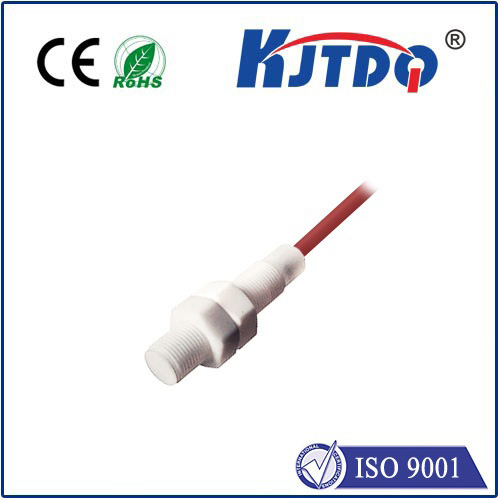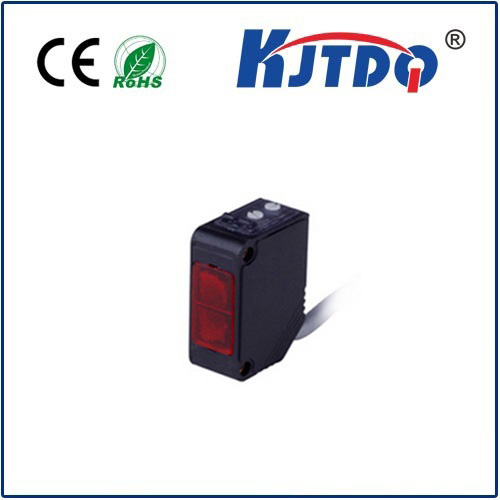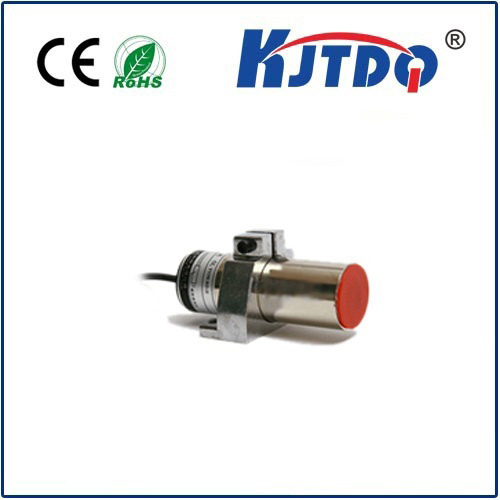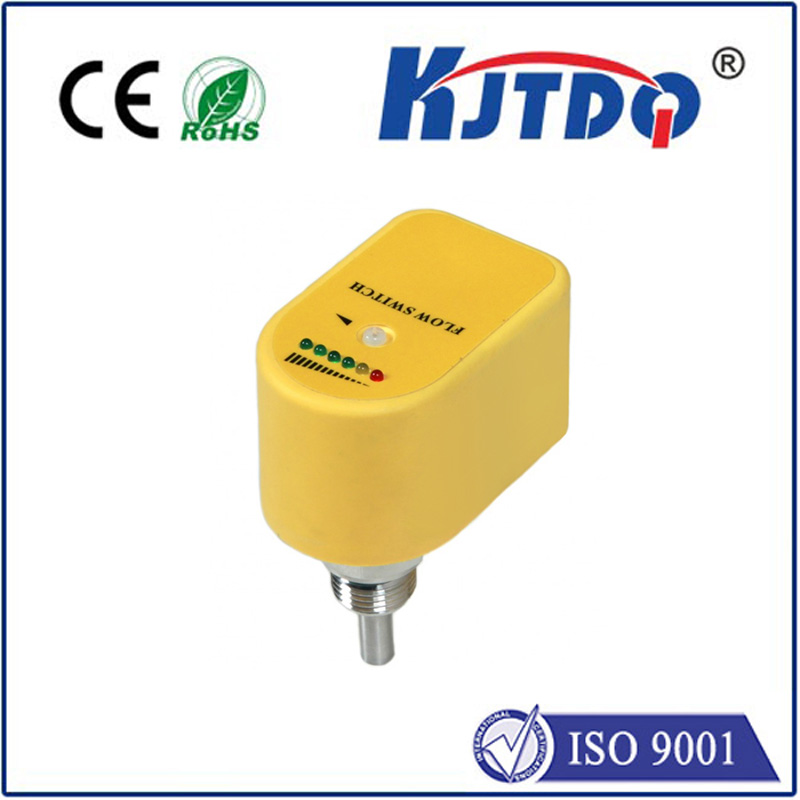

check

check

check

check

check

check

check

check

check

check
Ever wonder why your bedroom feels icy while the living room roasts, despite the thermostat claiming “perfect” temperature? That invisible culprit might be the unsung hero – or quietly failing component – of your climate control: your thermostat temperature sensor. This tiny device is fundamental to achieving the comfort and efficiency we expect from modern HVAC systems. Within the sleek interface of your thermostat lies a sophisticated sensor, meticulously tracking ambient warmth or coolness – the crucial data point dictating your home’s entire climate.
At its essence, a thermostat temperature sensor is a transducer. It converts the physical phenomenon of heat into an electrical signal your thermostat’s brain can interpret. The most common type found in residential thermostats is the Negative Temperature Coefficient (NTC) thermistor. As temperature rises, its electrical resistance decreases in a predictable way. By precisely measuring this resistance, the thermostat calculates the surrounding air temperature. Accuracy here is paramount; even a slight deviation of 1-2 degrees Fahrenheit can significantly impact comfort levels and energy bills. Reliability is equally critical – this sensor operates continuously, 24⁄7, demanding consistent performance.

The accuracy of this sensor directly impacts your daily life and wallet. An imprecise thermostat temperature sensor sends misleading data. It might cause your furnace to run longer than necessary, wasting energy and money, or stop prematurely, leaving rooms uncomfortably chilly. Conversely, it could prevent your air conditioner from achieving the coolness you desire, especially on sweltering days. Precise temperature measurement ensures the system only activates when truly needed, optimizing energy consumption and maximizing equipment lifespan by preventing short-cycling. Smart thermostats, often utilizing highly calibrated sensors, leverage this accuracy to learn patterns and make predictive adjustments, further enhancing efficiency.
Modern thermostats, especially smart thermostats, integrate these sensors into sophisticated, connected ecosystems. The core temperature reading, often combined with sophisticated room sensor data placed strategically throughout the home, allows advanced systems to manage comfort holistically. Imagine your thermostat knowing the baby’s room is too warm or the home office gets afternoon sun glare – remote sensors provide this vital intel. Wi-Fi enabled smart thermostats use this combined sensor data not just locally, but transmit it via your home network. This enables remote monitoring and control via smartphone apps and seamless integration with broader home automation platforms. Voice assistants like Alexa or Google Home become control interfaces, constantly querying the sensor’s data. The intelligence driving smart energy savings reports and geo-fencing features all starts with that accurate core temperature reading from the sensor.
Innovation in thermostat temperature sensor technology is relentless. Expect future devices to move beyond solely measuring ambient air temperature. Integration of occupancy sensors and sophisticated machine learning algorithms will allow thermostats to predictively adjust settings based on real-time presence and historical patterns, achieving unprecedented comfort and efficiency. Enhanced environmental sensing, potentially incorporating humidity levels and even air quality metrics (like VOCs or CO2), will offer even richer data for creating the optimal healthy home environment. Wireless room sensors are becoming smaller, more energy-efficient, and more seamlessly integrated, providing hyper-localized climate data without intrusive wiring.
The humble thermostat temperature sensor is far more than just a component; it’s the foundational sense organ of your home’s climate control system. Its accuracy determines comfort, dictates energy expenditure, and enables the sophisticated features of modern home automation. As technology evolves, this critical sensor will become even more intelligent and integrated, playing a central role in creating homes that are not only comfortable but also intuitive and exceptionally efficient. Understanding its importance helps you appreciate the silent conductor behind your year-round indoor comfort – always sensing, always adjusting, ensuring your home environment feels just right. Can you imagine a future where temperature control anticipates your needs before you even feel them?
